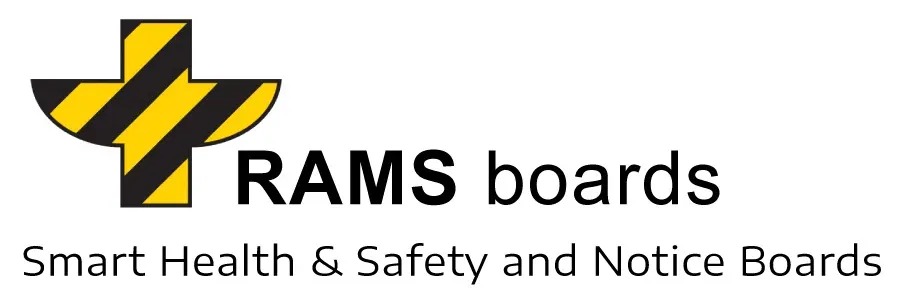Is a RAMS Board Safe when Exposed to Chemical or Corrosive Materials?
In consideration of the versatile use of RAMS boards on sites exposed to a variety of elements such as railways, roads, tunnels, and construction projects, an important question emerges about its resistance to chemical or corrosive materials. Manufactured using High-Density Polyethylene (HDPE), the RAMS boards exhibit a remarkable resilience to different weather conditions, extreme temperatures, UV exposure, rain, vibrations and other environmental concerns; but their resilience to chemical or corrosive substances presents an extensive discussion.
Durability in Varying Conditions
RAMS boards are specifically structured using HDPE, a durable plastic known for its sturdiness. HDPE`s notable characteristics include its ability to resist the impact of various environmental obstacles, making them suitable for lasting use across several construction settings. As HDPE is a type of plastic renowned for its recyclability and durability, it stands to reason that the robust construction of RAMS boards ensures resilience to a variety of weather conditions and extended longevity, even when exposed to chemical or corrosive materials.
Safeguarding the Environment while Maintaining Safety
RAMS boards are recognized as a beacon for promoting sustainability within the construction sector as they are designed to be reusable, reducing the need for constructing new boards from materials like timber or plywood. At the end of their life cycle, these boards can be 100% recycled, ensuring that they do not contribute to landfill waste, even when they have been exposed to chemical or corrosive substances during their use.
Customization to Suit Specific Standards and Regulations
One of the unique aspects of RAMS boards is how adaptable and customizable they are. The complete functionality and physical design of the boards can be tailored to meet the requirements of different construction sites. When considering that they could be used in environments necessitating exposure to corrosive or chemical materials, essential components may need additional protection. The customization facility of the RAMS boards permits the implementation of such measures according to the environment in which they are used.
No Compromise on Safety
Despite potential exposure to harmful substances, it is essential to remember that RAMS boards continue to serve their primary purpose of ensuring safety. The physical design of the Boards has been specifically manufactured to withstand a range of conditions, thereby still performing its function in communicating safety constraints and information most effectively, despite challenging environments.
Efficiency in Communication
Whether they are exposed to chemical or corrosive substances or used in multi-lingual sites, RAMS boards are designed to accommodate information in various ways. They are created to be efficient communicative tools for all employees, particularly within construction environments, regardless of the conditions they may encounter.
Minimal Maintenance and Cost-Effective
The maintenance costs associated with RAMS boards are minimal, involving essentially cleaning when they become dirty. Due to their design using durable HDPE, they are projected for longevity and require little to no maintenance. Even when exposed to chemical or corrosive substances, these Boards can continue to fulfill their purpose without requiring significant maintenance.
Conclusion
In conclusion, the question of whether RAMS boards can withstand exposure to chemical or corrosive materials is highly significant. With the durable design using HDPE plastic, accompanied by their contribution to sustainable practices and their customizable adaptations, RAMS boards can effectively withstand the challenges constituting corrosive environments. Even so, the boards continue to fulfill their primary purpose of providing essential safety and health information most effectively, therefore demonstrating their sturdiness and suitability across a range of construction situations and environments.
